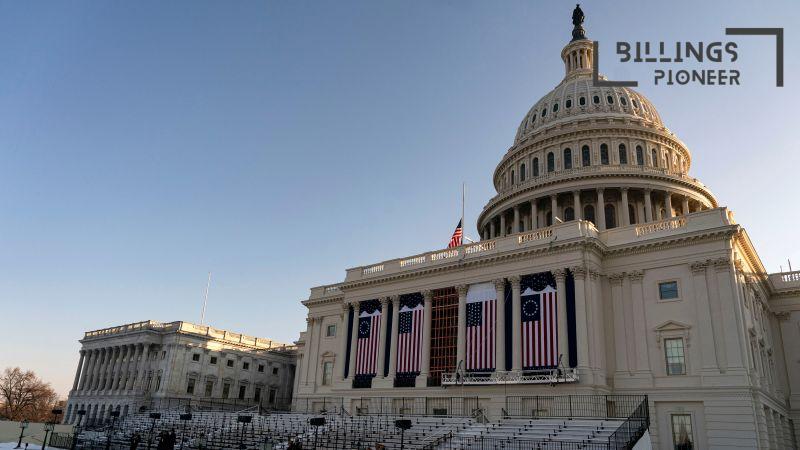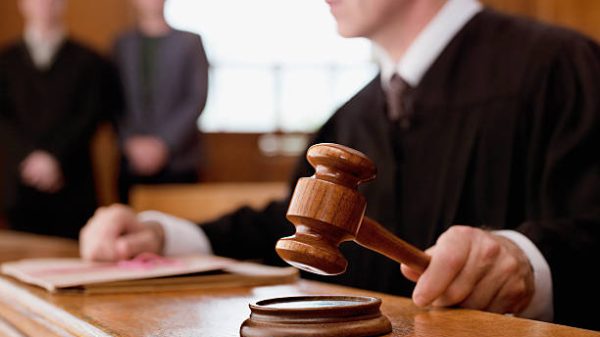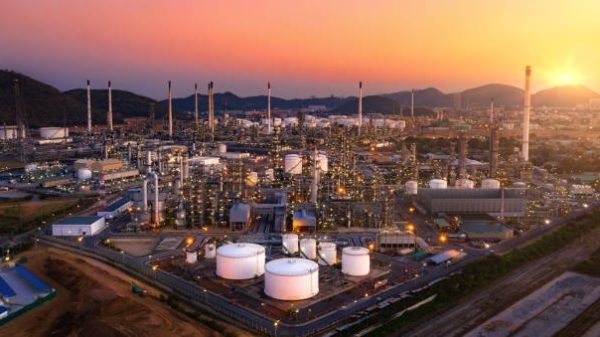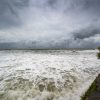In a surprising turn of events, President-elect Donald Trump has announced that his inauguration will take place indoors due to the dangerously cold temperatures expected in Washington, D.C. on January 20, 2025. Originally planned for the steps of the Capitol, the ceremony will now be held inside the U.S. Capitol Rotunda. This significant change has left many ticketed guests unable to attend, as the indoor venue has limited seating.
Reasons for the Venue Change
Weather forecasts predict that the temperature will plunge to as low as 18 degrees, with a wind chill factor making it feel even colder. Trump emphasized that he made this decision to prioritize the safety and health of all attendees. This year’s ceremony marks not just any inauguration, but one that is said to be the coldest in over 40 years, reminding many of Ronald Reagan’s second inauguration back in 1985, which also had to be held indoors for similar reasons.
Limited Attendance and Viewing Options
With only 700 seats available in the Capitol Rotunda, attendance is severely restricted to mainly members of Congress, their guests, and a select few VIPs. This means that over 200,000 ticket holders, who initially expected to witness the event outdoors, will now have to settle for a commemorative experience. However, there is still a chance for the public to participate: the nearby Capital One Arena will host a live viewing of the inauguration and the associated parade, accommodating around 20,000 guests.
Security Adjustments Underway
Adjustments to security plans are being made to ensure the event runs smoothly. The Secret Service, along with other law enforcement agencies, are working diligently to update their protocols for the new indoor setting. Officials are hopeful that this change might simplify security procedures, although the timeframe is tight, with only three days to finalize everything.
Public Reaction and Health Concerns
The public response has been mixed. Some attendees express disappointment as they had been looking forward to the outdoor spectacle, but many understand the necessity of this decision given the harsh weather conditions. The health risks posed by such cold temperatures, especially to large groups, have raised significant concern among officials, making this indoor event not only a logistical challenge but also a public health priority.
Historical Context
This year’s indoor inauguration adds to the history of unique adaptations in presidential ceremonies. Besides Ronald Reagan, many may recall other events affected by adverse weather. Each inauguration usually serves as a significant moment in U.S. history, symbolizing the peaceful transfer of power, but this year’s event will certainly be memorable for its unprecedented shift indoors.
Final Thoughts
As preparations continue, all eyes will remain on Washington, D.C. The excitement, while tempered by the changes, is still palpable, especially associated with the live viewing options. Just a few days away, the nation watches to see how this historical moment unfolds in the backdrop of the Capitol Rotunda. While the cold might keep many spectators away, the spirit of democracy remains warm as the nation gears up to witness this important event.











